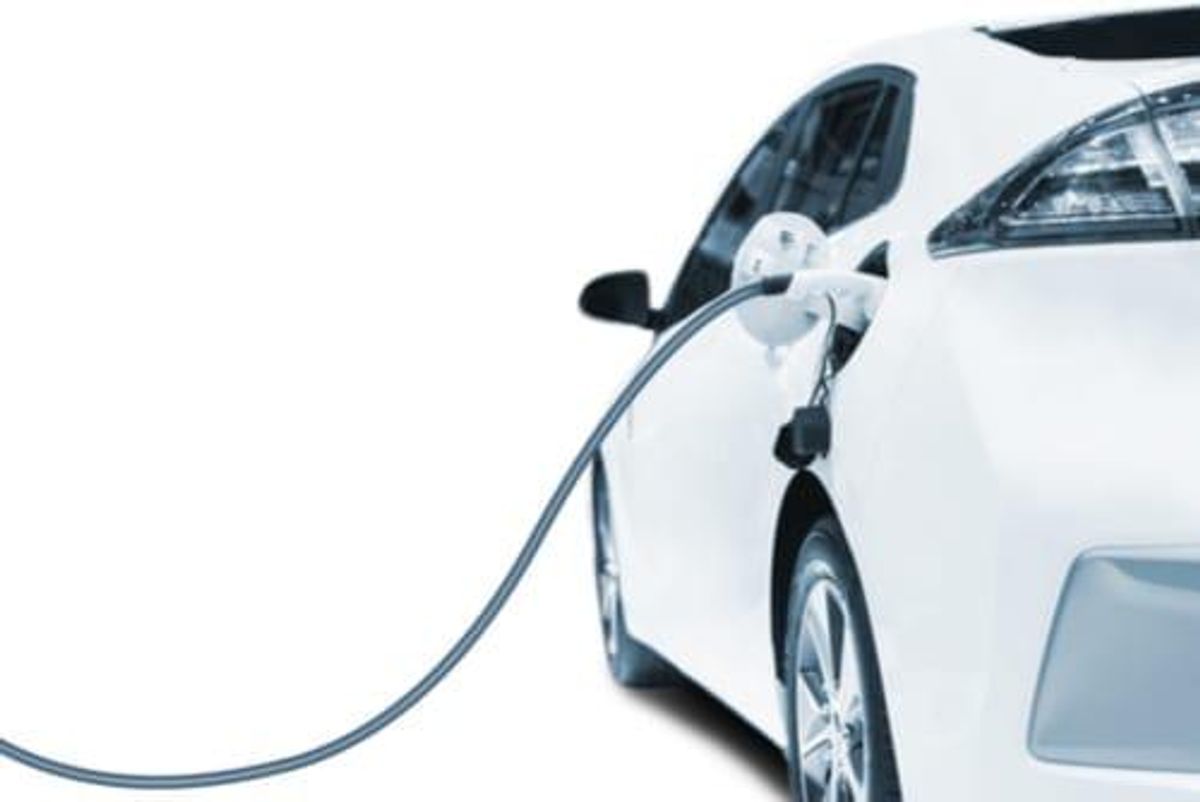Lithium-ion Batteries Could be the Next Tin Frontier

The International Tin Association has identified nine technology opportunities for tin in the lithium-ion batteries used to power EVs.
Tin could play a significant role in the growing lithium-ion battery space, according to a recently released report from the UK-based International Tin Association (ITA).
The comprehensive study notes that if tin does gain a sizeable market share in the lithium-ion batteries sector it could grow to represent a meaningful new use for the industrial metal in as few as 5-10 years.
The majority of this new demand is earmarked for the electric vehicle (EV) sector, where lithium-ion batteries are used to power EVs.
“ITA has identified nine technology opportunities for tin in lithium-ion batteries, mainly in high-capacity anode electrode materials, but also in solid-state and cathode materials,” notes the ITA press release.
“This report details the technical specifications and performance data for each one, highlighting tin’s advantages over its competitors, notably particularly its synergies with a new generation of silicon anodes.”
This may be just the news the tin sector needed, following a bumpy 2018 and volatile 2017. The price of tin dropped by almost 10-percent over the 12 months of 2018 making it particular challenging for miners and producers still recovering from the instability in 2017.
In November 2018, the ITA speculated that the global tin market would move into a surplus of 500 tonnes in 2019, reversing a 7,500 tonne deficit in 2018, brought on by weaker demand out of China.
In order to spur on global demand the ITA is looking to the various applications tin could have in the EV, energy storage and green energy sector.
As noted in the report: “[T]hree anode materials technologies are highlighted that could each reach 10,000 to 20,000 tonnes per year by 2030 if they gain market share in a highly competitive market. This could at least double by 2050.”
The current price of tin is US$21,037.50 a tonne, which is already above the US$20,268.00 mark analysts had predicted for 2019.
Don’t forget to follow us @INN_Resource for real-time updates!
Securities Disclosure: I, Georgia Williams, hold no direct investment interest in any company mentioned in this article.